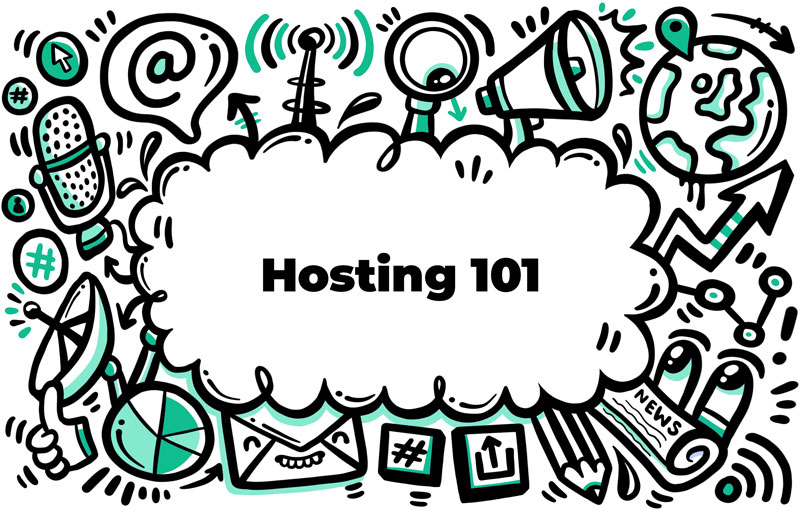The Basics of Bandwidth and Storage
When setting up a small business website, it’s essential to understand the fundamentals of bandwidth and storage. Bandwidth refers to the amount of data transmitted over a network in a given period, typically measured in bits per second (bps). In the context of a website, it determines how quickly your site loads for visitors and how many simultaneous users it can accommodate.
On the other hand, storage is the amount of disk space allocated to your website for hosting files, images, and content. This space is essential for your site’s smooth operation and growth, as it determines the volume of data that users can store and access.
The Importance of Adequate Bandwidth and Storage for Your Website
As a small business owner, choosing your website’s bandwidth and storage is crucial. Adequate bandwidth ensures a seamless user experience, as slow-loading websites can deter potential customers and harm your online reputation. Furthermore, sufficient storage is necessary for hosting the various types of content that make your site unique, such as blog posts, images, and product listings.
Selecting the appropriate bandwidth and storage can also impact your website’s search engine ranking. Search engines like Google favour websites that load quickly and efficiently, so investing in optimal bandwidth and storage can improve your site’s SEO performance.
Factors to Consider When Choosing Bandwidth and Storage
When choosing bandwidth and storage for your small business website, consider the following factors:
Traffic: Assess the expected number of visitors and the volume of data they will consume when browsing your site. Higher-traffic websites require more bandwidth to accommodate simultaneous users without compromising load times.
Content type: Different types of content consume varying amounts of bandwidth and storage. For example, high-resolution images, videos, and interactive elements require more resources than text-based content.
Scalability: As your small business grows, your website should be able to accommodate increased traffic and content. Ensure that your chosen web hosting provider offers scalable plans, allowing you to upgrade your bandwidth and storage as needed.
Budget: While it’s crucial to invest in sufficient bandwidth and storage, balancing these requirements with your budget is equally important. Consider the different pricing plans and packages offered by web hosting providers, and choose one that aligns with your business’s financial constraints and growth potential.
Understanding bandwidth and storage requirements for your small business website is essential for ensuring a seamless user experience, supporting content growth, and improving your site’s SEO performance. You can make informed decisions about the optimal bandwidth and storage for your website’s needs by considering factors such as traffic, content type, scalability, and budget.



